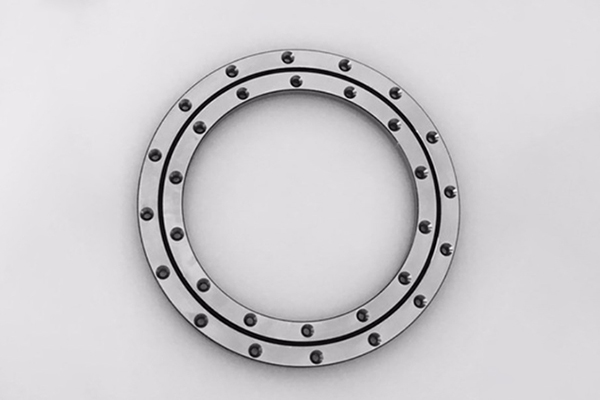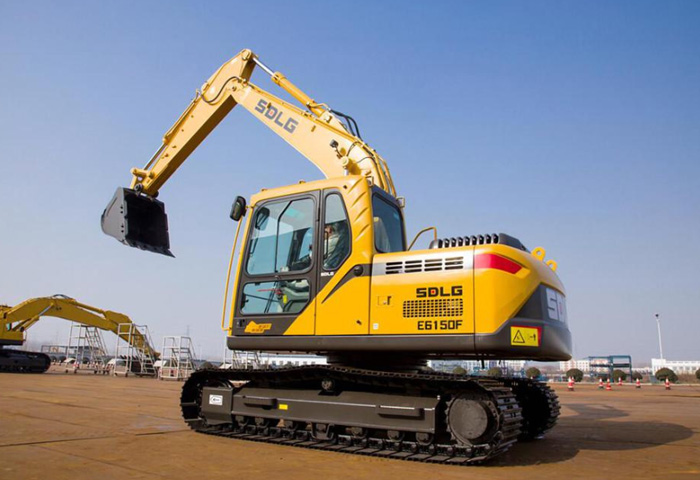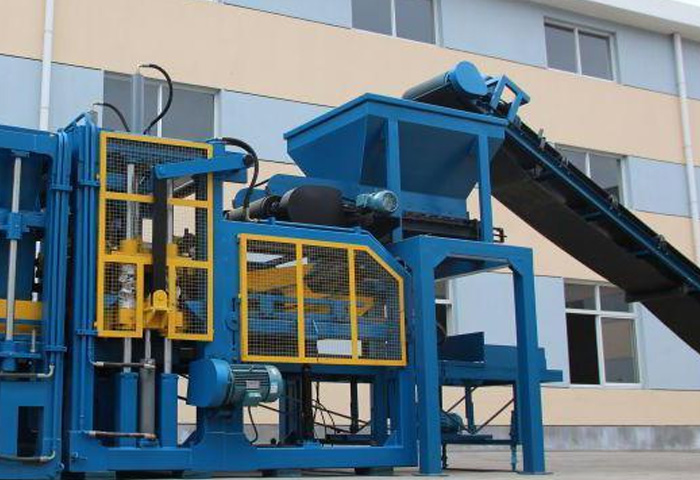
Discover the Magic of Turntable Bearings: How Lazy Susans Rotate the World!
2025-02-06
Have you ever wondered how a giant crane can smoothly rotate heavy loads, or how a restaurant lazy susan makes sharing food so easy? The secret lies in turntable bearings, also known as slewing bearings or even lazy susan bearings! These amazing devices are the unsung heroes of smooth rotation in countless machines and everyday objects. This article will explore the fascinating world of turntable bearings, explaining what they are, how they work, and where you can find them making our lives easier and industries more efficient. Get ready to rotate into a world of engineering marvel!
1. What Exactly is a Turntable Bearing and Why is it So Important?
Imagine trying to rotate something really heavy, like a giant platform or a crane arm. It would be super difficult without something to help it rotate smoothly. That’s where a turntable bearing comes in! A turntable bearing is a special type of rotary bearing designed to allow rotation while supporting heavy loads. Think of it as a super strong and smooth swivel plate that lets things turn easily.
These bearings are important because they make movement possible in so many things around us. Without turntable bearings, many machines and tools we rely on simply wouldn’t work. They are essential components in everything from simple kitchen gadgets to complex industrial machinery. The turntable bearing is a kind of large bearing with special structure to handle different types of forces.
2. Why Are Turntable Bearings Sometimes Called "Lazy Susans"? Unveiling the Mystery!
You might have heard the term "lazy susan" before, especially when talking about a rotating tray in the center of a dining table. Well, guess what? A lazy susan turntable bearing is the heart of that rotating tray! The name "lazy susan" actually comes from these rotating trays that help people easily reach food on a table. Because turntable bearings are used in these trays to make them rotate, the name "lazy susan" became another name for these bearings, especially smaller ones used for lighter applications.
So, when you hear "lazy susan bearing," just think of it as a turntable bearing, often a smaller, simpler version. While a big slewing bearing might be used in a crane, a lazy susan bearing is perfect for that handy rotating tray strong sturdy table in your kitchen or for a craft project. They both use the same basic principle of allowing smooth rotation, just on different scales.
3. What are the Different Types of Turntable Bearings? Exploring the Variety.
Just like there are different types of cars for different needs, there are also different types of turntable bearings designed for various applications and load capacity requirements. The main types are based on the rolling elements they use – either ball bearing or roller bearings.
-
Ball Bearing Turntable Bearings: These use steel ball bearing rotating tray elements to handle radial loads, axial loads, and moment loads. They are great for applications needing smooth rotation and moderate load capacity. Think of a single row -ball bearing or a double row- ball bearing slewing rings.
-
Roller Bearing Turntable Bearings: These use cylindrical or tapered roller bearings instead of balls. Roller bearings provide a larger contact area, making them ideal for heavy loads and applications requiring high stiffness. Examples include single row- rollers bearing slewing rings and three row -roller bearing slewing bearings.
There are also light type and flange slewing ring bearings for specific mounting needs and space limitations. Choosing the right type of bearing depends on the specific job it needs to do and the heavy loads it needs to support.

High Quality Turntable Bearings
4. How Do Turntable Bearings Handle Heavy Loads and Keep Things Rotating Smoothly?
The secret to a turntable bearing’s ability to handle heavy loads and maintain smooth rotation lies in its clever design. These bearings are built to distribute forces evenly and reduce friction. They typically consist of two rings – inner and outer rings – with rolling elements (balls or rollers) in between.
When a load is applied, these rolling elements allow the rings to rotate relative to each other with minimal resistance. The load capacity of a turntable bearing is determined by factors like the size and number of rolling elements, the material of the rings and rollers, and the overall design of the bearing. For very heavy duty applications, roller bearings are often preferred because they can distribute the heavy loads over a larger area compared to ball bearings. This design ensures smooth rotation even under significant weight and stress.
5. Where are Turntable Bearings Used in Everyday Life and Big Industries?
Turntable bearings are more common than you might think! You can find them in a huge range of applications, from simple household items to massive industrial machines. Here are just a few examples:
- Lazy Susans: Of course! These kitchen helpers are a classic example, using a simple lazy susan mechanism lazy susan for easy rotation.
- Cranes and Excavators: Construction equipment like cranes and excavators rely heavily on large slewing bearings to rotate their arms and platforms, handling incredibly heavy loads. Think of the I.2025.50.15.D.1-R roller slewing bearing for bucket-wheel excavators,wheeled cranes.
- Wind Turbines: To capture the most wind energy, wind turbines need to rotate to face the wind. Large turntable bearings make this possible.
- Medical Scanners: Medical equipment like CT scanners and MRI machines use precision turntable bearings in their rotary table systems for accurate imaging.
- Robotics: Robotic arms and automated systems often use turntable bearings for smooth and precise rotary motion.
- Radar and Antenna Systems: These systems need to rotate to scan wide areas, and turntable bearings provide the necessary support and movement.
From the lazy susan turntable organizer in your pantry to massive heavy machinery, turntable bearings play a key role in enabling rotation in countless applications.

I.2025.50.15.D.1-R roller slewing bearing for bucket-wheel excavators,wheeled cranes
6. What Makes a Turntable Bearing "Heavy Duty"? Understanding Strength.
When you hear "heavy duty" turntable bearing, it means the bearing is designed to handle exceptionally heavy loads and operate reliably under demanding conditions. Several factors contribute to making a turntable bearing heavy duty:
- Robust Construction: Heavy duty bearings are built with thicker inner and outer rings and larger, stronger rolling elements.
- High-Strength Materials: They often use high-grade steel or other durable materials to withstand immense forces.
- Optimized Design: The internal design is carefully engineered to distribute heavy loads evenly and minimize stress on components.
- Sealing and Protection: Heavy duty bearings often include robust sealing options to protect against harsh environments, dust, and contaminants, ensuring long service life.
For applications like cranes, excavators, and large rotary table systems, heavy duty turntable bearings are crucial for safe and reliable operation. They are built to endure significant axial and radial loads and moment loads repeatedly over long periods.
7. Can Turntable Bearings be Designed in Thin Sections? Exploring Compact Options.
Yes! While many turntable bearings are designed for heavy loads, there are also thin section bearings available. Thin section bearings are designed to be compact and lightweight, ideal for applications where space is limited or weight reduction is important. These bearings are thinner in cross-section compared to standard bearings, allowing for a smaller overall footprint.
Although thin section bearings are more compact, they can still handle significant radial and axial loads. They are often used in applications like robotic joints, precision rotary table systems, and medical equipment where both space and performance are critical. While perhaps not as heavy duty as their larger counterparts, thin section turntable bearings offer a valuable solution when compactness is key.
8. What Role Do Ball Bearings and Roller Bearings Play in Turntable Functionality?
As mentioned earlier, ball bearings and roller bearings are the core rolling elements within turntable bearings, and they each play a distinct role in functionality.
-
Ball Bearings: In turntable bearings, ball bearings provide point contact with the raceways (the grooves in the rings). This point contact minimizes friction, allowing for very smooth rotation, especially at higher speeds. Ball bearings are excellent at handling radial loads, axial loads, and moment loads in moderate to lighter heavy loads applications. They are often used in single row -ball and double row- ball bearing slewing rings.
-
Roller Bearings: Roller bearings, on the other hand, provide line contact with the raceways. This line contact distributes the heavy loads over a larger area, making roller bearings much better suited for very heavy loads and applications requiring high stiffness. They are commonly used in single row- rollers bearing slewing rings and three row -roller bearing slewing bearings where load capacity is paramount.
The choice between ball bearings and roller bearings in a turntable bearing depends directly on the application’s load requirements and the desired balance between smooth rotation and load capacity.

E1144.30.12.D.3-RV Cylindrical roller bearing
9. Are Turntable Bearings Difficult to Install and Maintain? Let’s Find Out.
The installation and maintenance of turntable bearings can vary depending on their size and application. Smaller lazy susan bearings are generally very easy to install – often just requiring screws or bolts. Larger slewing bearings used in industrial machinery require more careful handling and precise mounting procedures.
Installation typically involves:
- Proper Lifting and Handling: Large bearings are heavy and need to be lifted and positioned safely using appropriate equipment.
- Accurate Alignment: Ensuring the bearing is correctly aligned with the mounting





